|
Have you had an exciting bicycle adventure this year? Share your photo or short video with fellow world cyclists right here! Add a short caption and we will publish your submission and shortlist 2 contenders for a final vote on social media. The winner will receive a 25% discount voucher for any of our bike rentals and get mad kudos! Deadline for submissions is the 31 of January! With 365 days of cycling possibilities in a year, what was your favorite biking moment or most epic ride so far this year?
2 Comments
By Scott SparrowMy son graduated from high school in 2021 and before he started his fist year of college at Brigham Young University (BYU), we set out on an epic adventure. While no great adventure is without challenges, ours almost never got off the ground. We bought plane tickets for the day after he graduated, June 1st, and showed up at the airport in Texas, packs on our backs, bound for Spain. Only to find Spain closed to visitors from the United States due to COVID 19 concerns. So, we climbed back in the car, heads down, dejected. My first call was not to my wife or to my employer, but to Cycling Rentals. “Please tell me you haven’t shipped the bikes yet,” I pleaded.” My fear was confirmed. “We shipped them this morning. Is there a problem?” I explained that our trip would be postponed because of the pandemic. Over the next month we rearranged work schedules, albergue reservations, train tickets, and cycling rentals. Then finally, one month to the day after our first attempt, my son flew from Utah and I from Texas. We met in the airport, this time actually making our first connection in route to Spain. Planes, trains, and cars later, we arrived in Saint Jean, France, where our bikes awaited us. We road for the next 7 days, covering close to 500 kilometers along the famed Camino de Santiago. We then dropped off the bikes and hiked the remaining distance into Santiago.
In total, we trekked 779 km over 14 days. It was exhilarating, it was gorgeous, it was exhausting, It was the adventure of a life time! Some of the best bike touring stories are not all about the bike or even the ride, but about the people you meet along the way, and the experiences you have, the emotions you feel and the memories you forge! Do you have an exciting tale to tell of your two wheeled journeys? Share your inspiring experience with the world right here! A classic bike tour that never fails to elicit all of the above is of course the epic Camino de Santiago pilgrimage route, but some of my own unforgettable rides have been much closer to home. How about you? Below are a few of my favourite and most inspirational bike tour stories, that simply put the joy of pedaling in me. But we would love to hear about your most memorable experiences on a bicycle! On a day when COVID lockdown has got the better of me and the foetal position on the couch seemed the only option, an email came in from Cycling Tours in Spain (we had to cancel ours in 2019 and couldn’t even dream of doing one in 2021). Australia feels permanently locked down from any form of overseas travel in the foreseeable future so the concept of writing about one of my journeys rather got me going.
My first journey to Spain on a bike in 2003 sparked in me a love of anything Spanish so I have continued to visit and explore this fabulous country both on foot and on a bike. But let me tell you about this first trip.
By Sue Tomkinson
St Jean Pied de Port
Four gals, three from Oz and one Canadian, with ages ranging from 40-55 yrs, packed up our bikes and flew to Paris; successfully connected with each other; met up with a carrier to get us to Gare d’Este with the bikes still packed in boxes; and then on a train to St Jean Pied de Port. In a time when the Internet was available but a lot less booking options and information to be found, I still marvel at how we achieved this feat.
In Australia it has always been possible to take bikes on trains, in or out of boxes, but little did we know that wasn’t the same in Europe. The conductor told us we couldn’t board, but we thought he was kidding and a language barrier to boot, so we bluffed our way through this and found ourselves a disused toilet cubicle, stacked them all upright in there and settled down for the long journey through France to the Spanish border.
Three of us had flights booked out of Santiago de Compostela in 6 weeks, so we weren’t in any particular hurry. In 2003 there were no cycling maps for the Camino Frances, nor were Google maps and Internet accessibility so prevalent, so we figured we had to follow the trail as set down for the walkers in the paper maps provided. Little did we understand what this meant!!
Top of the Pyrenees
Excitement was building as we obtained our credential and a shell from the office in StJPP. At this point in time they had seen very few cyclists and as he wished us well I asked would we get tea and cake when we achieved the top of the Pyrenees. This was half joking on my part, but I also had a vision it was a possibility there would be a tea house at the top. He responded in such a way for me to believe that it was a highly likely possibility. We had all purchased the same orange bike tops with humorous motifs on them so we were very recognisable as a team.
We had trained hard and were very fit, but really, there are no mountains like the Pyrenees in Australia so day one was an extreme challenge. The trail itself is steep and walkable, but on a bike?? Needless to say we probably pushed our laden heavy bikes about 50% of the 25km and arrived tired and exhausted into Roncesvalles. And we must have been so tired we missed that dreamed of tea house at the top.
Riding to Pamplona
Day 2 was a much nicer day into Pamplona, a distance of about 40km, with the option of made roads running parallel to the trail and despite being hilly, was generally downhill. Our plan had been to stay in all the designated pilgrim albergues but the Pamplona one was full when we arrived so we found another with a room for 4.
Cracks started to appear in “the team”. About 24 hours on a plane; navigating Paris; two complex train journeys across France; a night in StJPP and pushing a bike halfway up the Pyrenees led a couple of us to want to take a rest day in the beautiful Pamplona. But the youngest, and probably fittest of us, was on a tighter schedule and created a very difficult situation.
We had all agreed before departing on this journey that if at least 2 of us wanted a break, then we would take it. Oh no, that agreement seemed to have been forgotten. On we went and cycled an average of 30-40km per day comfortably – stopping and exploring along the way. After a couple of days the “team” member wanted to ride further and so we told her to go ahead. That left three of us, much happier, I might like to add. And so we rode on in this manner until about 20km out of Burgos.
We had become tired of trying to manage the heavily rocky walking trail and so whenever we could we took the main road. On this beautiful sunny day we decided to take a very busy main road so we could make some speed. Yes, you guessed it, an accident waiting to happen.
One rider off and unconscious in the middle of the road. This is a story in itself, but suffice to say, a very worrying time and her trip was over with a broken collarbone and three fractures in her pelvis. When her husband arrived from Australia after about 5 days, the two remaining of us took a piece of her bike clothing and headed off to finish the journey.
Part Two to follow – Getting out of Burgos...A follow-up article to first person tour guide for cycling the Portuguese Camino de Santiago Pilgrimage route, by father and son team Rodrigo & Paulo. Considering that this riding pilgrimage from Porto to Santiago de Compostela could be a top event in one’s lifetime, I and my father, Paulo Fernandez, would like to give a suggestion here on how to make it more exciting and pleasant, based on what we described in the previous post issued in the Cycling & Rentals' Blog. We identified that the ideal thing to do would be to cross this route in 6 days by bike. Just to recall, in October 2018, as we shared in the first contribution to this Blog, we did this route in 4 days, and we concluded at Nattrip that in a period of less than 6 days it would be quite physically stressful to fulfill this journey’s goal in such a short period of time. We concluded so mainly because of the conditions of terrain and topography along the route, specially in some specific tough portions of it. For those who decide to make the route by bike, from Porto to Santiago de Compostela there are harsh and physically demanding stretches. Thus, making the route in 6 days, in addition to the daily less physical effort, you will have more time in the places you pass, to enjoy and appreciate some of the attractions - which are many - along the entire official route. So, below we try to present the tips of what to do, visit or know during the suggested planned 6 days of the bike pilgrimage from OPorto to Santiago de Compostela, via the Portuguese Central Way. 1st day: OPORTO - SÃO PEDRO DE RATES (~ 45km) In the initial section during the 1st Day, leaving OPorto, as we said in the previous post, we will go through a very urbanized area with a lot of traffic on the roads, getting in our view uncomfortable riding the bikes. This context giving us no opportunity to pass there in a relaxed and enjoying way. The uncomfort covering the feeling of joy by crossing one of the most used routes throughout the history of western civilization. In this initial section of the Portuguese Way it is worth mentioning some medieval bridges that we cross, the city of Arcos, and its church. But the main attractions are, indeed, right in the beautiful city of OPorto. It is very easy to find on the internet a large list of places to visit, depending on your available time and interest, before starting the bike journey to Santiago de Compostela. While in OPorto, we recommend to visit the Cathedral of the city, where our itinerary begins, and, if possible, go for tasting the famous Porto wines in one of the cellars in the neighboring city, Vila Nova de Gaia, right at the opposite bank of on the Douro river. Therefore, we recommend to have some time in OPorto before beginning the rout and to keep, in this first day, the same initial stretch that we did in the 4 days work of validation of the route in October 2018. That is, you should follow from OPorto till Vairão or São Pedro de Rates, which are small and cozy little towns, in an already markedly rural area of northern Portugal, after leaving behind the very urbanized beginning of this stretch. In Vairão it is worth stopping by and visiting the beautiful Monastery that exists on the site, besides the hostel next to it, where a nice conversation with the volunteers who work there seems to be always possible. After passing Vairão you can go a little further and stay at the nice and cozy São Pedro de Rates hostel at the end of this first day. There, in São Pedro de Rates, visit the existing Romanesque church. Photo 1: landscape approaching Vairão village 2nd day: SÃO PEDRO DE RATES – PONTE DE LIMA (~42km) Then, on the 2nd day after leaving São Pedro de Rates, you will go ahead and pass in Barcelinhos, cross the Medieval Bridge (14th century) and enter Barcelos, the city of the famous Portuguese rooster. After Barcelos, you will continue till Ponte de Lima, crossing its imposing medieval Gothic bridge over the Lima River. Ponte de Lima is where we recommend staying at the municipal hostel after making the stretch of this 2nd day. Mainly because the next stretch will be very harsh, crossing the top of Portela / Labruja mountain. This portion of the 3rd stretch has very strong climbings for those who go by bike when approaching the top of Alto do Portela (Labruja), as we mentioned in the previous post. In Ponte de Lima there is a large and quite pleasant leisure area on the banks of the Lima river, very close to the medieval bridge. This recreation area is frequented by a large number of people, especially on weekends and evenings, and it is worthwhile staying there for a while. The nice and cozy public hostel in Ponte de Lima is also very close to the head of the city's medieval bridge, as soon as you cross it. Photo 2: Leisure area in Ponte de Lima close to the medieval gothic bridge. 3rd day: PONTE DE LIMA – TUÍ (~35km) On the 3rd day, you will pass in Rubiães, a small town high at the Portela mountain, where you can stay at the nice hostel there, to rest from the strong effort made, soon after overcoming the climb of the Alto do Portela / Labruja. But the ideal thing to do, in order to keep the planned schedule of 6 days, is to follow on this 3rd day beyond Rubiães, now going all the way down from the mountain to the plains and approaching the border with Galicia. Then you will reach the city of Valença do Minho, on the banks of the river Minho. From Valencia, crossing the border by the bridge over the river Minho, you will enter Galicia, in the city of Tuí. Tuí is where we recommend staying at the end of this 3rd daily journey (the pilgrim hostel is behind the Tui Cathedral, very close to the bridge that crosses the river Minho). In Tuí we recommend visiting the Santa Maria Cathedral, next to the hostel, the Convent of Las Clarissas and the gothic church of Santo Domingo. 4th day: TUÍ – PONTEVEDRA (~55km) On the 4th day the recommendation is that you ride from Tuí till Pontevedra, taking the rural variant in O Porriño, which we strongly recommended in the previous post on this Blog. Arriving in Pontevedra, after crossing a beautiful forest right at the entrance of the city, we recommend staying in the cozy pilgrim hostel, which is just in the beginning of the urban area of this city (at the right, on top of a small hill, just after leaving behind the small forest). This hostel we have mentioned about it in the previous post, and we think it is worthwhile staying there to enjoy it. In Pontevedra we recommend visiting the Sanctuary of the Virgin Pilgrim (built in a Santiago’s shell shape) as well as the crowded Plaza de Ferréria. 5th day: PONTEVEDRA – PADRÓN (~42km) On the 5th day, the mission is to ride your bike from Pontevedra till Padrón, and stay at the end of this daily journey in the pilgrim hostel there. In Padrón we recommend visiting Santiago’s Church. According to legend, it was in Padrón that docked the ferry transporting the remains of the Apostle Santiago, from Jaffa in the Middle East (where he was beheaded) to the Iberian Peninsula, in the year 44dc. The stone - or ‘padrón’ – to which the ferry was attached when docked is placed under the altar of the Church of Santiago de Padrón. Therefore, it is mandatory for all pilgrims who follow the Portuguese Way to Santiago de Compostela to visit this church in Padrón. 6th day: PADRÓN – SANTIAGO DE COMPOSTELA (~25km) On the 6th and last day of cycling by the Portuguese Way since OPorto, you will go from Padrón to your final destination, Santiago de Compostela Cathedral. Leaving Padrón early (no need to do it quite early, just start riding your bike around 8am), you will arrive at Santiago de Compostela Cathedral with plenty of time this day to enjoy the final destination of this bike pilgrimage. Arriving at Plaza Del Obradoiro, in front of Santiago de Compostela’s Cathedral, we recommend going to the pilgrim's office (Oficina del Peregrino) to obtain your Compostelana and pilgrim certificate. You can go to the Oficina by bike, since there is place to leave the bikes there, so that you can queue with the other pilgrims who come there walking. In Santiago de Compostela, if you would like to stay overnight in a pilgrim hostel, you have the options of going to the ‘Albergue Seminário Menor’ - Minor Seminar Hostel (Av. Quiroga Palacios, 2), for the ‘Residência de Peregrinos San Lazaro’ - San Lazaro Pilgrim Residence (Rúa da Vesada, 2) , or to the ‘Fin Del Camino’ Hostel – End of the Way hostel (Rúa de Moscova). The options of what to do in Santiago de Compostela on the 7th day are many, and you can make a personalized program of what you should visit, through internet consultations. However, we recommend that you do not miss the Pilgrim’s Mass, which takes place daily twice at Santiago de Compostela Cathedral, at noon and in the early evening (19 hours). Photo 3: Plaza Del Obradoiro in Santiago de Compostela GENERAL TIPS The tips we want to give here, which are permanently valid throughout the whole route, are to try and taste the cuisine and gastronomy typical of northern Portugal and Galicia. In the north of Portugal from Porto to Valença do Minho (on the border with Galicia) we have from the codfish dishes, dishes with other fishes from the region, as well as soups and broths. All of those always with the company of a good Portuguese wine, of the Douro or Minho regions. And of course, it is always worth finishing the meals with the famous Portuguese sweets. After northern Portugal left behind, passing now through Galicia, we can experience as well the famous Galician food. From Tuí, crossing the Portugal-Spain border over the Minho river, until reaching the final destination in Santiago de Compostela. There we will have the opportunity every day to taste the seafood of the so-called 'Rias Baixas' (kind of estuaries where the sea encounters the fresh water from the rivers of the region). Such seafood is considered one of the best in the world, by the conditions of the existing ecosystem in the Rias Baixas. In addition, we have, to accompany these seafood dishes, the Galician wines produced in the regions of the Rias Baixas (mainly white wines are our favorites). We cannot forget also another dish of Galicia known worldwide, which is the "Galician broth". In the region of Padrón and Iría Flavia, we have the also famous ‘pimientos de Padrón ’, that cannot miss the table (mainly in being there at Padrón). These peppers are consumed alone or as an accompaniment to other dishes (they are cooked only in olive oil and salt, in a pan or skillet). Either way you eat them, they are delicious. And it should be mentioned that you could feel your mouth burning a little, especially when you taste the most twisted Padrón pepers. Still regarding the cuisine and gastronomy of the region where you will be crossing by bike, we also have to say that, traditionally, the dishes of northern Portugal and Galician cuisine, in general, are high in calories. This is due to the long history of 'subsistence economics' of that region (historically and until recently - until a few decades ago- these regions were very poor, especially in rural areas). The cuisine also has this high calorie content due to the need for those who used to live there to have to eat caloric foods, in order to help combating the cold, which is very intense in winter time. But for you who will be spending energy cycling throughout the Portuguese Way to Santiago de Compostela, caloric meals are not at all a problem. And so we finish the proposed program to cross the route of the Portuguese Way to Santiago de Compostela, by bike in 6 days. For those who propose themselves to do so, we hope that the information provided here may be of help. And we also hope that those ones could achieve their planned goals, taking advantage of the incredible and magical all through this route. Buen Camino! By Rodrigo FernandezFounder of Nattrip Brazil Ecotourism and Adventures. Want to share your bike touring story with us? We'd love to hear from you and feature your story too! Send us Your Bicycle Touring Story. |
Cycling In Portugal |
Cycling In Spain |
Bikes & Equipment |
Follow UsFollow us on social media where we share all our special offers, news, events & more.
|
CONTACT Us |
Terms & Conditions | Privacy Policy | Travel Agents | Press Kit | Travel Insurance © Cycling Rentals 2022
Cycling-Rentals is a division of Cycling through the Centuries. Registered Tour Operator RNAAT nº58/2006. Registered Travel Agent RNAVT nº 5035
Cycling-Rentals is a division of Cycling through the Centuries. Registered Tour Operator RNAAT nº58/2006. Registered Travel Agent RNAVT nº 5035

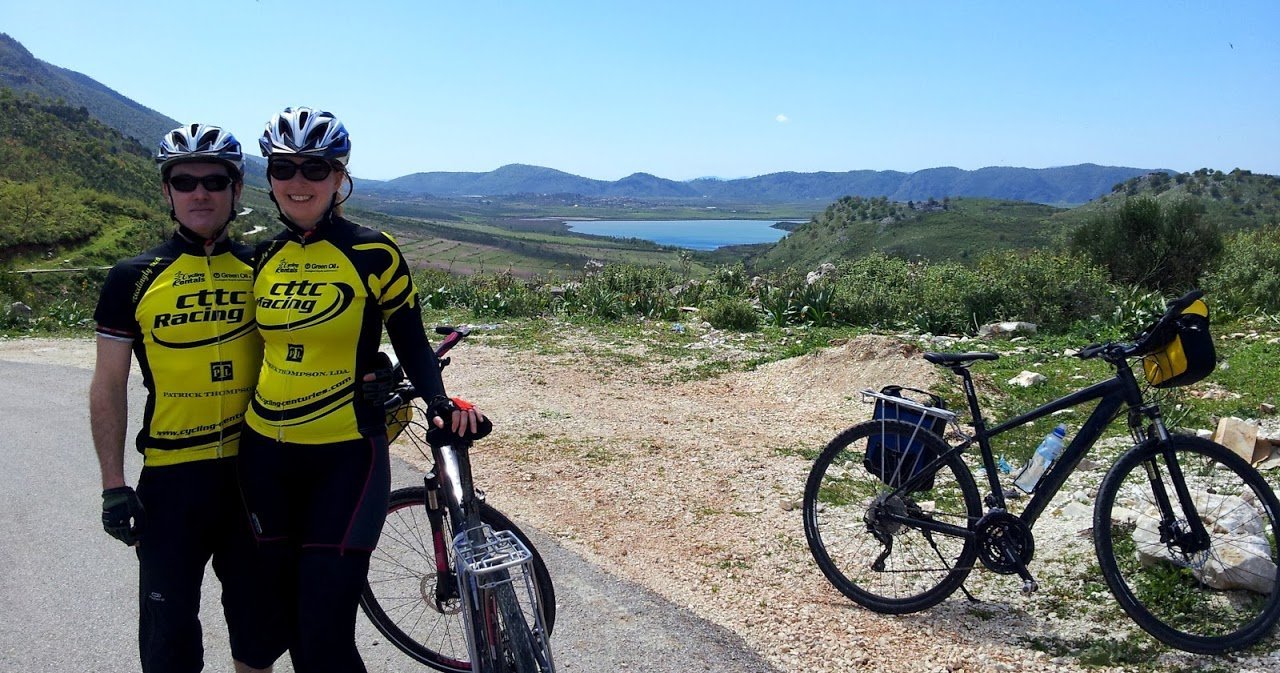
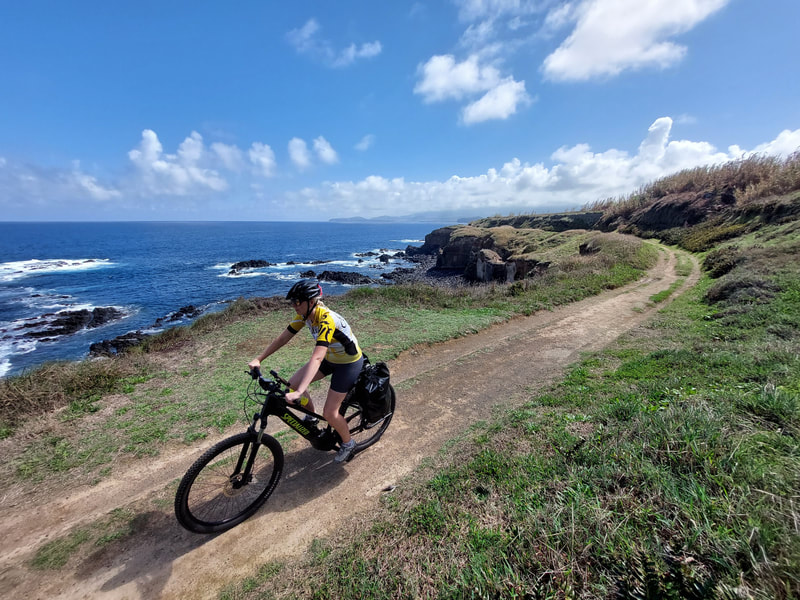
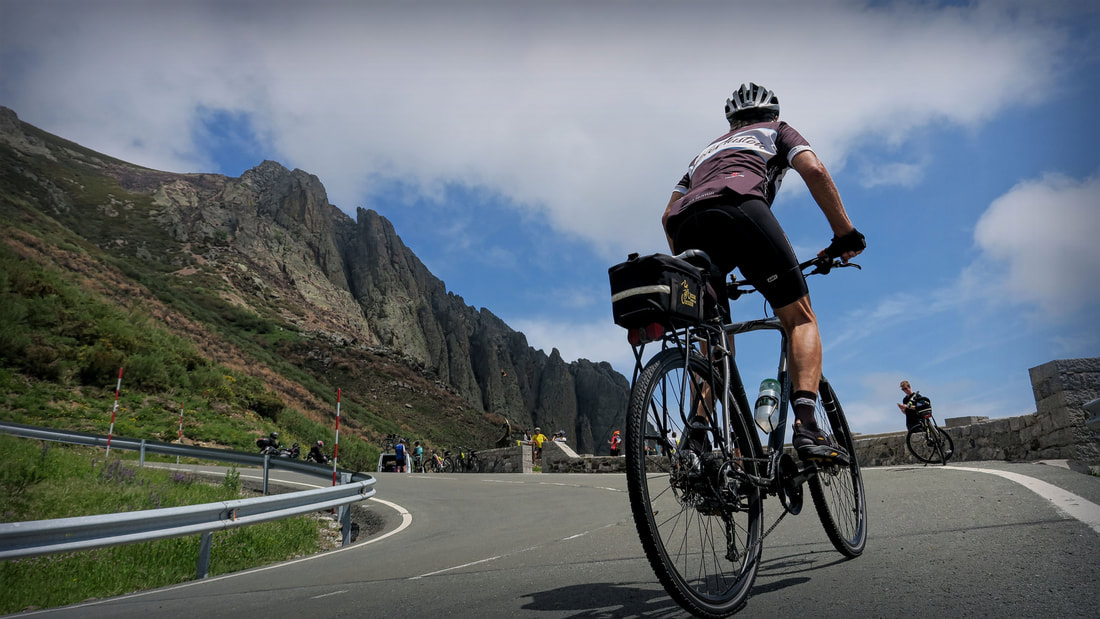
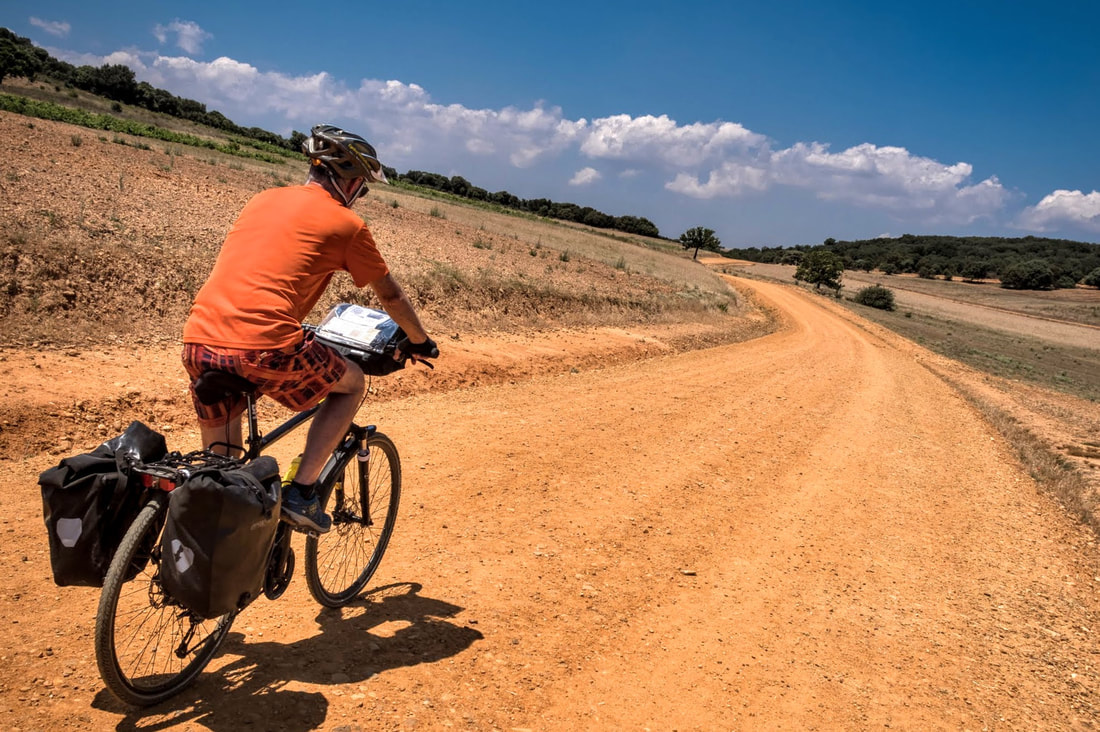
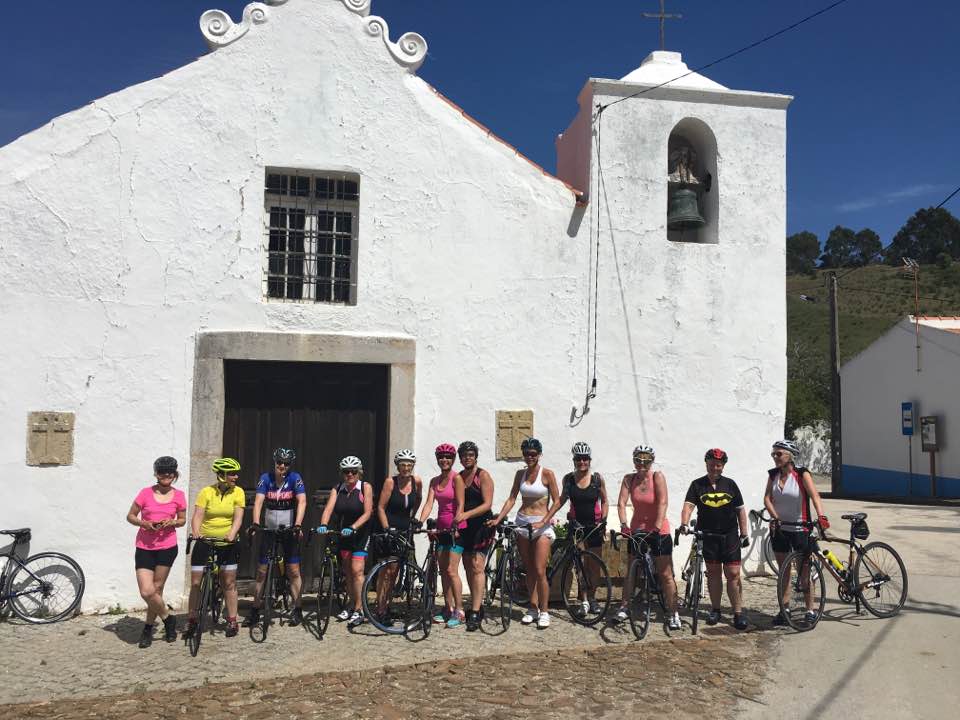
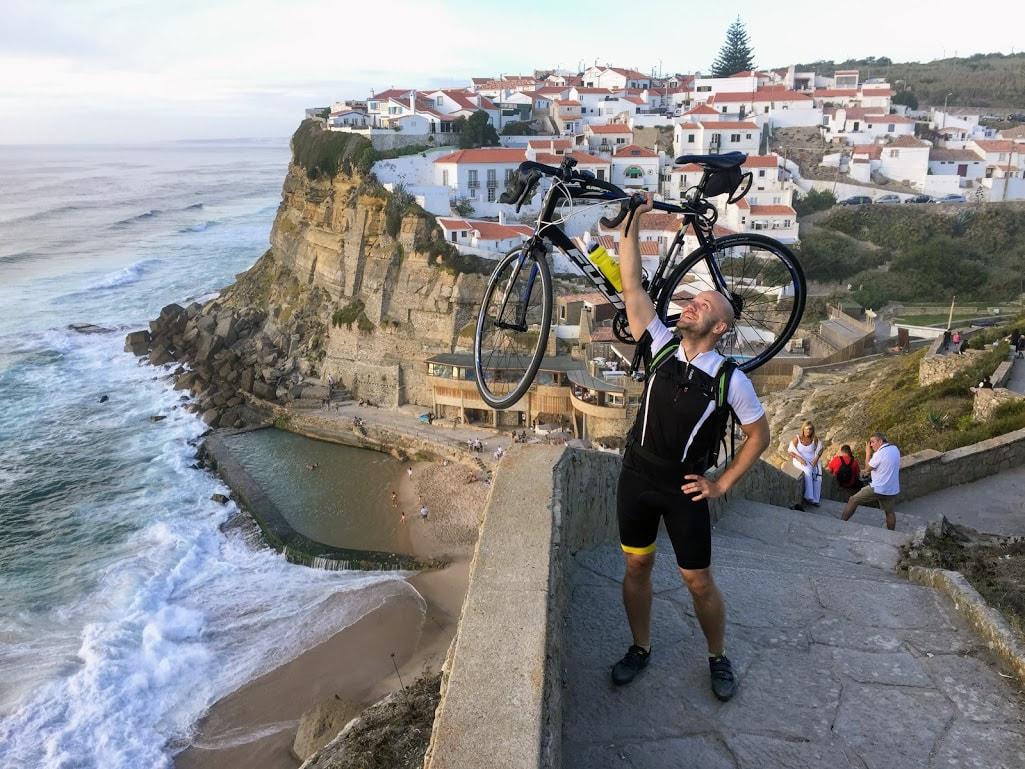
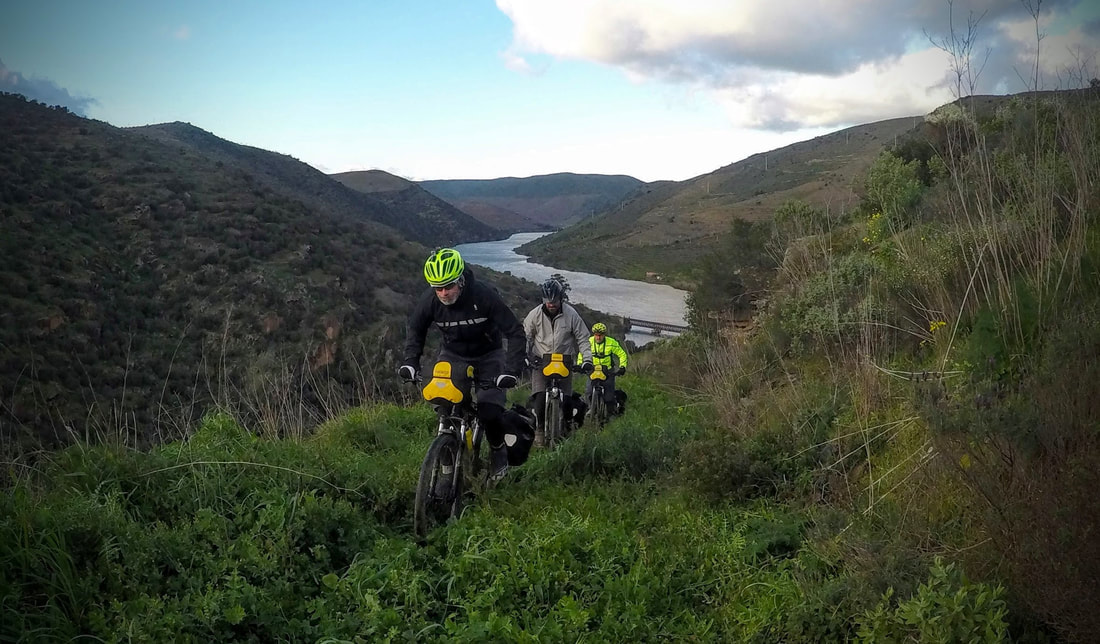
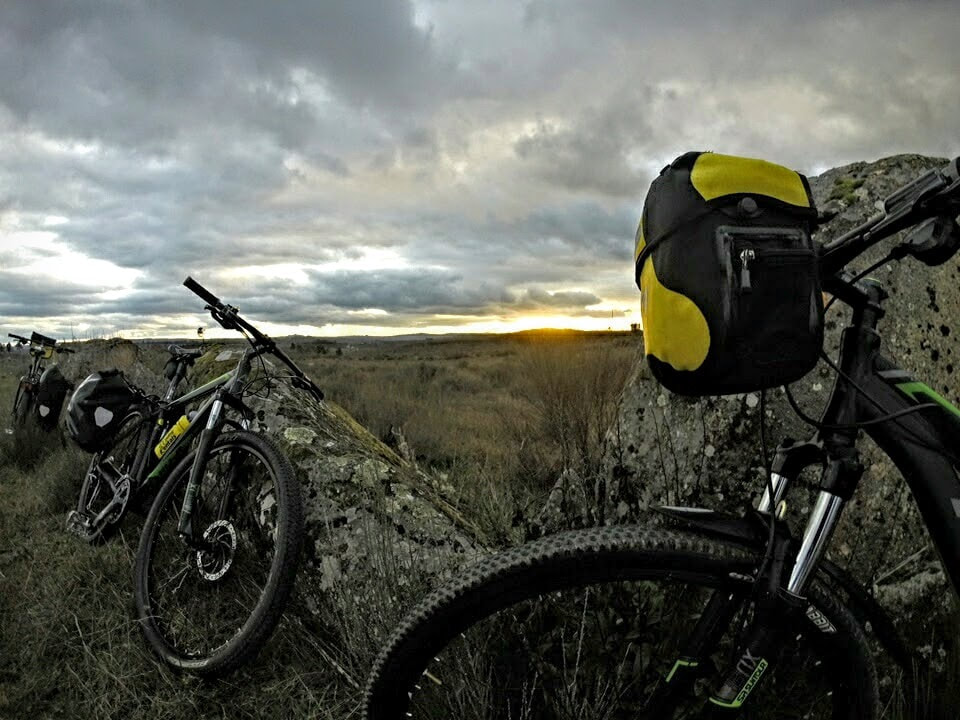
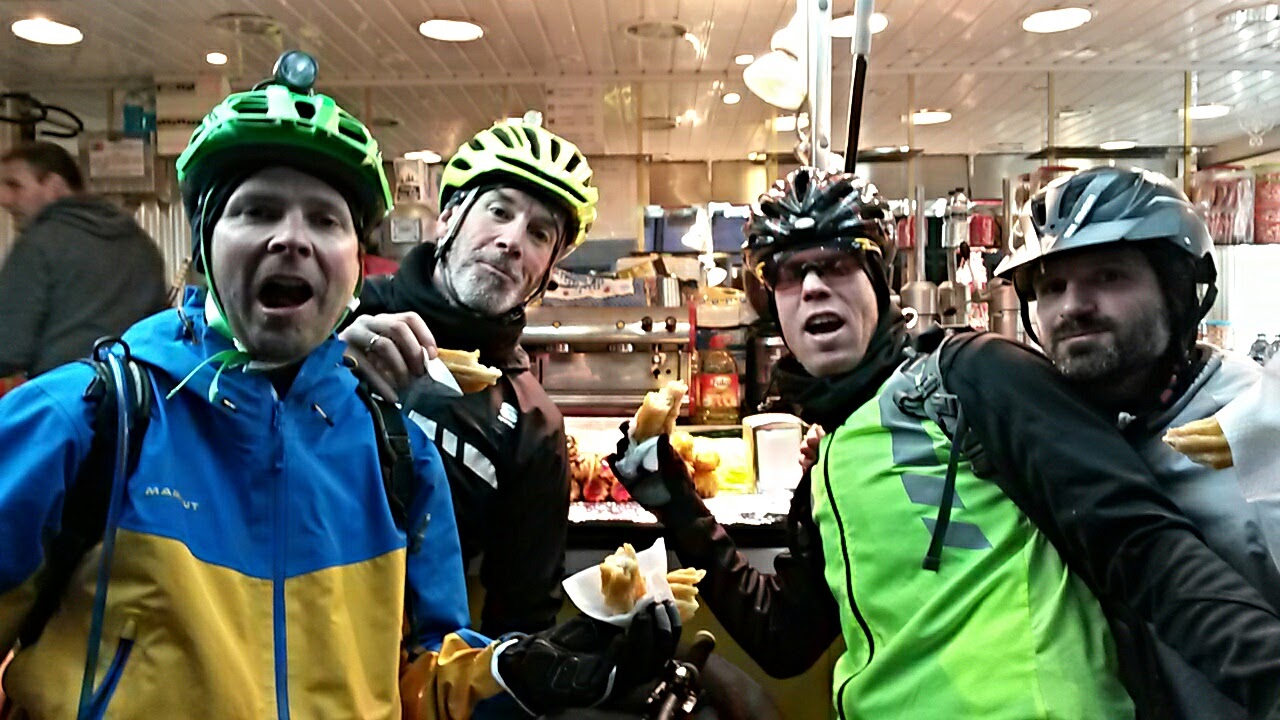
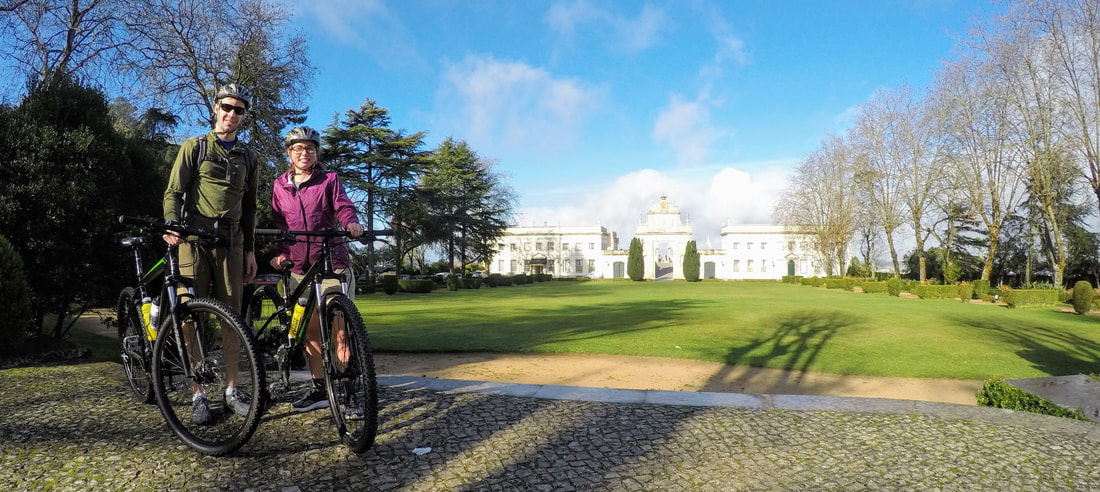
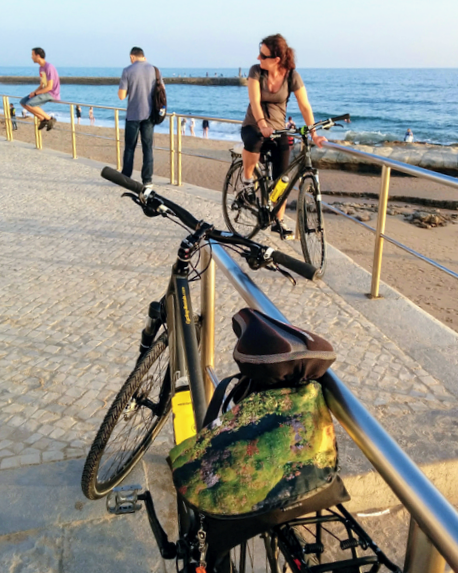
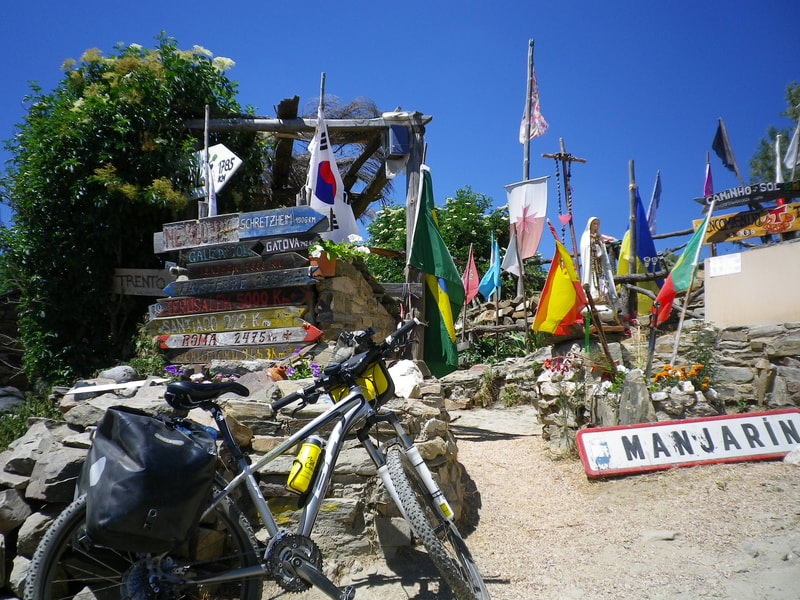
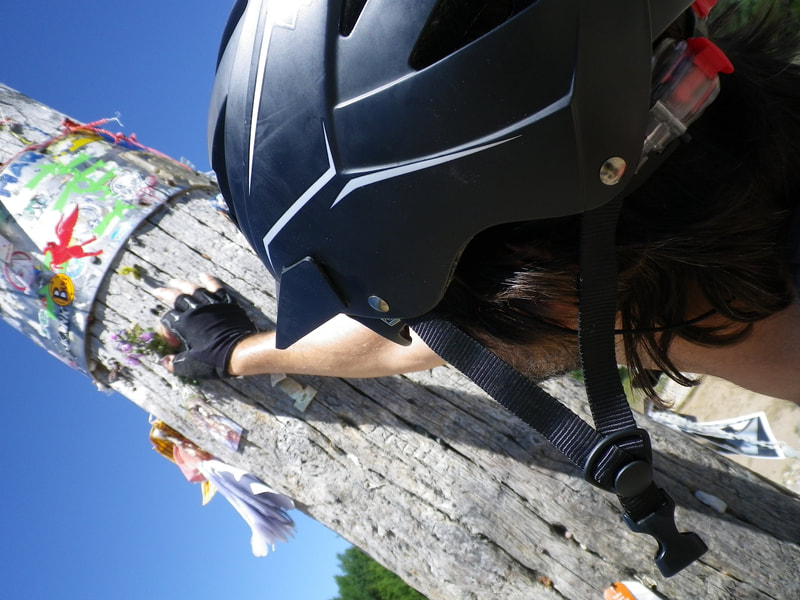
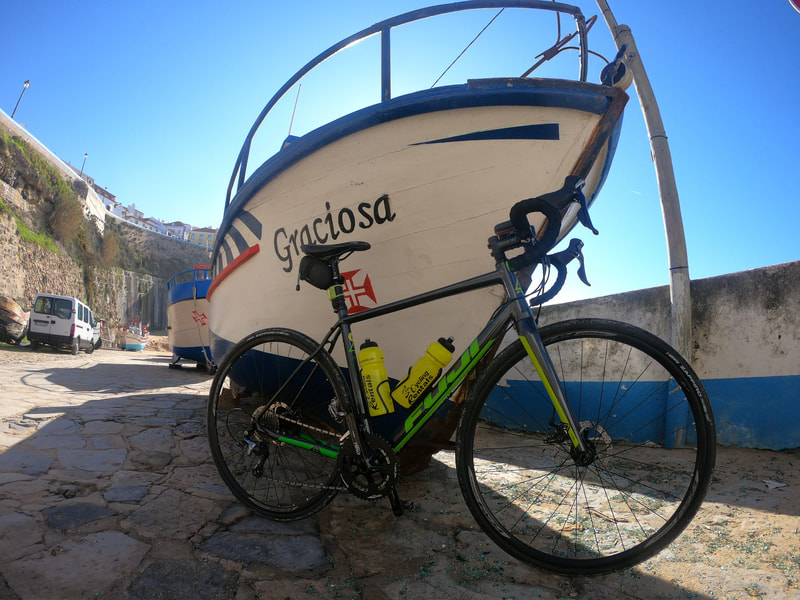
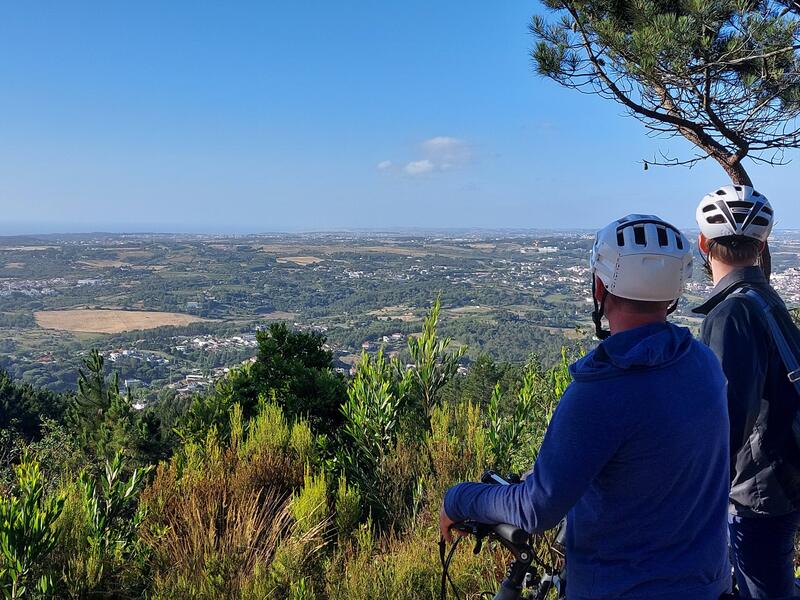
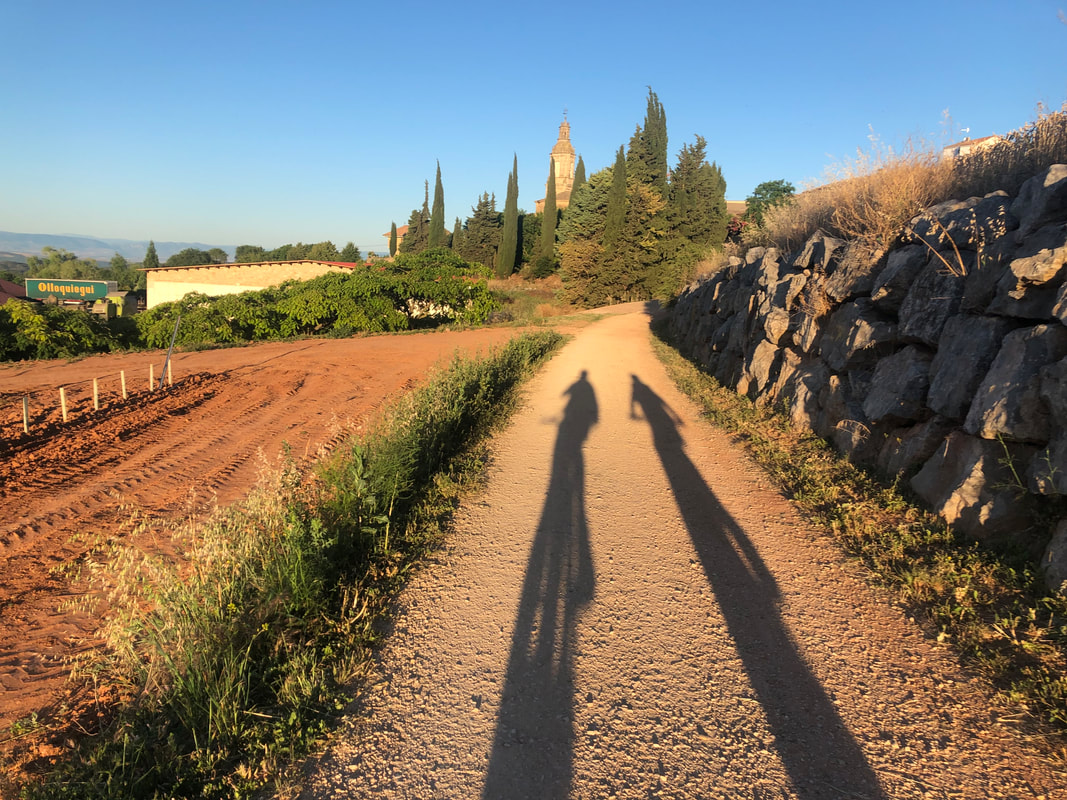
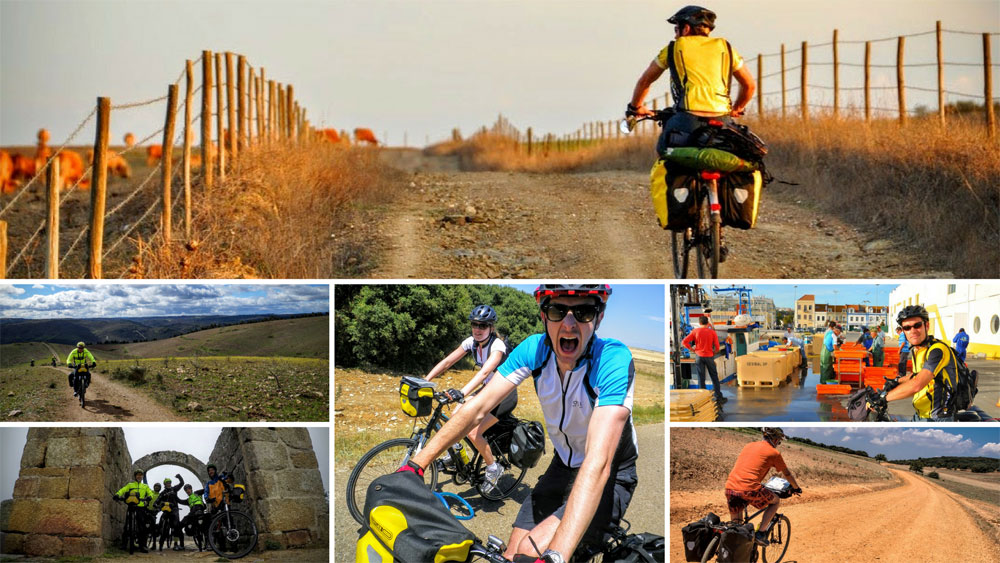


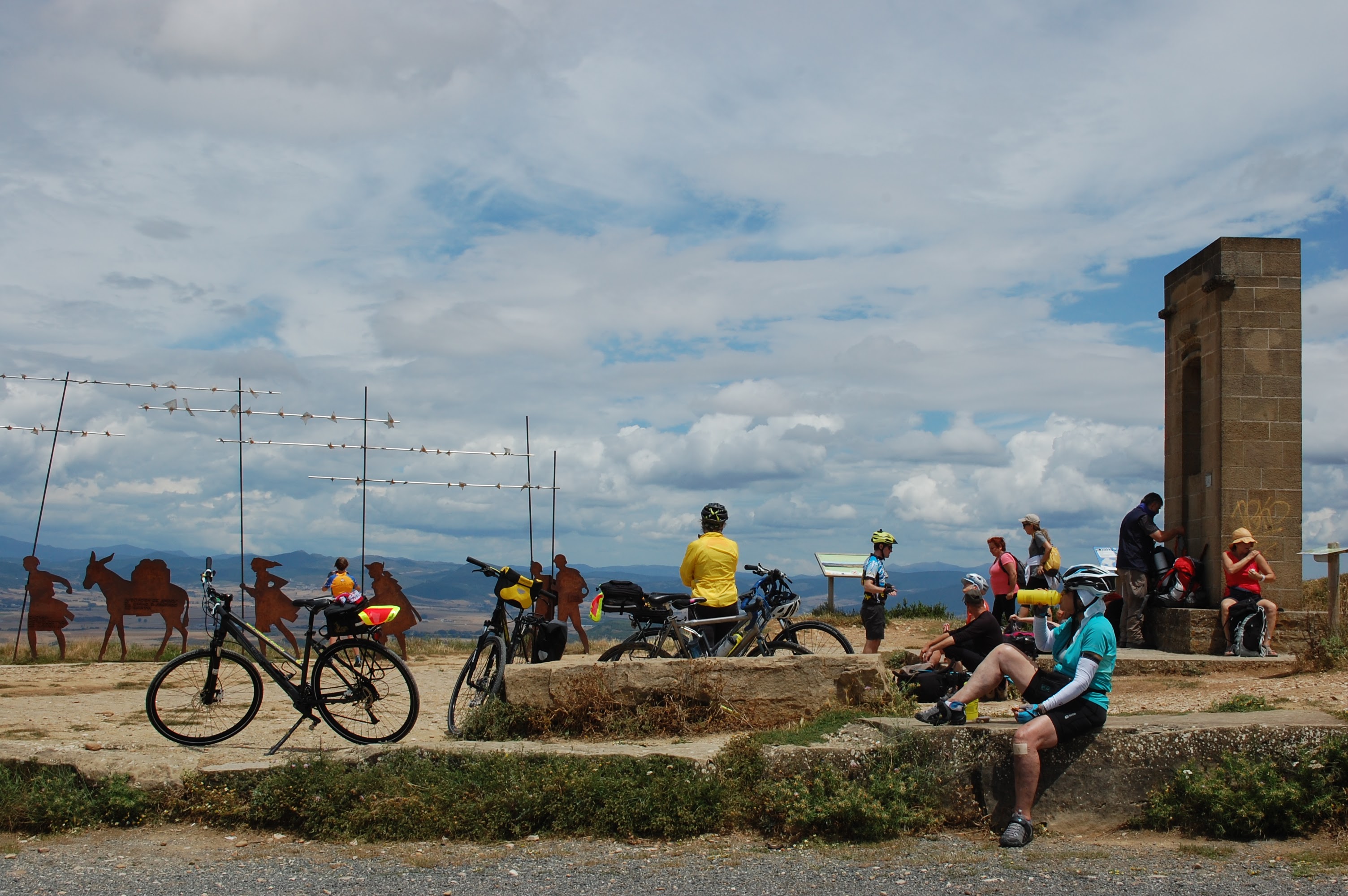
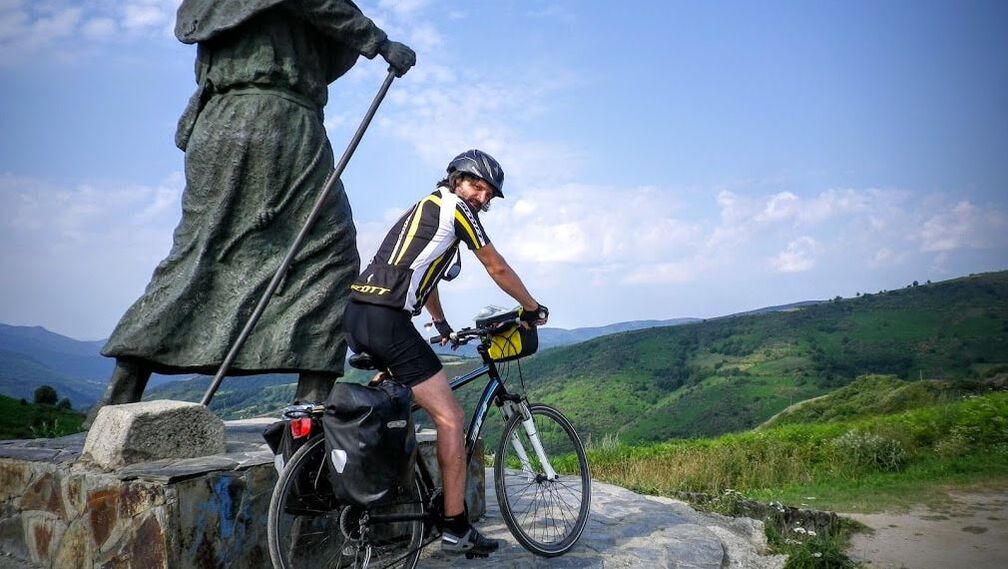
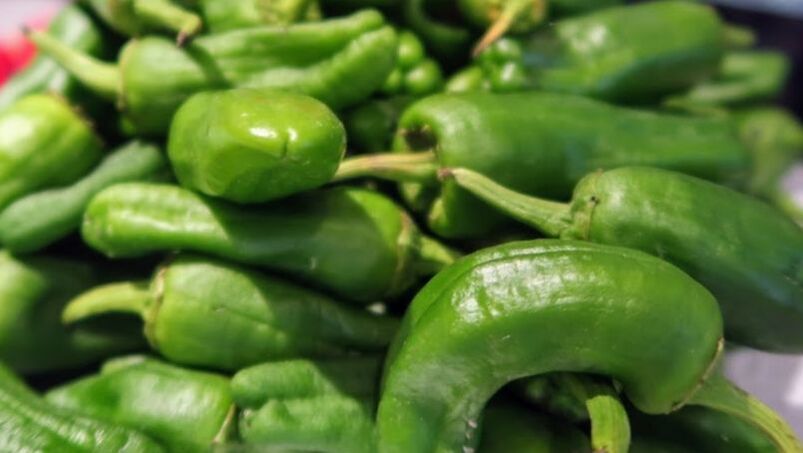
 RSS Feed
RSS Feed





